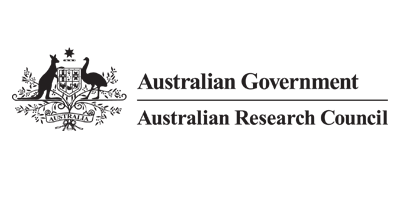Advancing understanding of anti-racism
Race relations in many liberal democracies today face an uncertain future, mirroring the current state of liberal democratic stability. In response to nationalist populism, anti-racism movements have grown more prominent and have renewed global racial consciousness. This development raises a number of important questions. Which intellectual and political traditions are shaping anti-racist practices? How effective is today’s anti-racist project in generating social change? And what do the various expressions of anti-racism say about the potential and limits of liberalism?
This project aims to advance understanding of what anti-racism work looks like in Australia and how it has developed as ideological practice. It draws upon an innovative and interdisciplinary approach, informed by the team’s scholarly backgrounds in politics and cultural studies. Specifically, the project aims to:
- Map the history of anti-racism thought and practices in Australia since the Human Rights and Equal Opportunity Commission’s (HREOC) landmark National Inquiry into Racist Violence (HREOC 1991), paying close attention to transnational flows of ideas from the United States and Britain into Australia
- Evaluate the various kinds of anti-racism work currently being conducted in government, organisational and civil spaces of Australian society since the Australian government’s introduction of the National Anti-Racism Strategy in 2012, and
- Theorise the impact of contemporary anti-racist work in Australia, especially its effects on liberal democratic institutions and ideology.
The project takes stock of Australian anti-racism by paying close attention to the intellectual roots and branches of this pluralism, drawing on the research team’s expertise and experience as educators of anti-racism – within the classroom, government, and public sphere. By identifying best practices in anti-racist policies and approaches, it aims to contribute to strengthening multiculturalism and combating racial discrimination in Australia.
This project is funded by the

